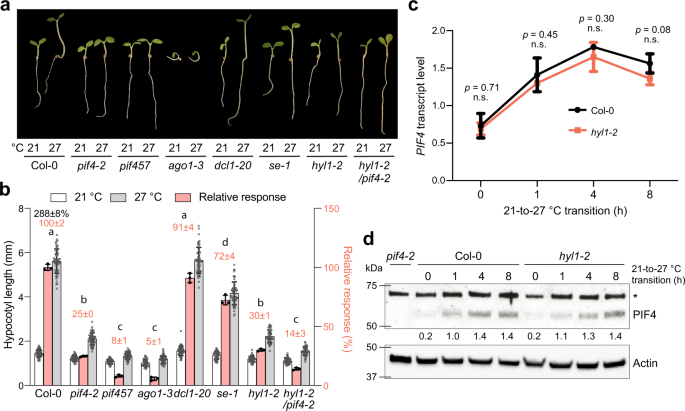2023-03-23 ニューサウスウェールズ大学(UNSW)
研究者は、69種類の痛み止め薬やその組み合わせを調べ、その有効性を比較した。非ステロイド性抗炎症薬、解熱剤、オピオイド、抗てんかん薬、抗うつ薬、筋弛緩剤、コルチコステロイドが検討され、プラセボと比較して、痛みの緩和や安全性についての不確実性があることが判明した。一部の痛み止め薬は、吐き気、めまい、眠気などの副作用のリスクを増加させることも明らかになった。
痛みは世界的に障害の主要な原因であり、腰痛は診療所の訪問理由の一つである。患者には、痛みの状態や症状の重症度、個人的なニーズや好みに応じて、腰痛治療薬に対する慎重なアプローチをとるよう勧められている。
<関連情報>
- https://newsroom.unsw.edu.au/news/health/effectiveness-and-safety-analgesics-treat-low-back-pain-uncertain-study
- https://www.bmj.com/content/380/bmj-2022-072962
成人の急性非特異的腰痛症に対する鎮痛薬の比較有効性と安全性:システマティックレビューとネットワークメタアナリシス Comparative effectiveness and safety of analgesic medicines for adults with acute non-specific low back pain: systematic review and network meta-analysis
Michael A Wewege, Matthew K Bagg, Matthew D Jones, Michael C Ferraro, Aidan G Cashin, Rodrigo RN Rizzo,
Hayley B Leake, Amanda D Hagstrom, Saurab Sharma, Andrew J McLachlan, Christopher G Maher, Richard Day, Benedict M Wand, Neil E O’Connell, Adriani Nikolakopolou, Siobhan Schabrun,Sylvia M Gustin, James H McAuley
British Medical Journal Published 22 March 2023
DOI:https://doi.org/10.1136/bmj-2022-072962

Abstract
Objective To evaluate the comparative effectiveness and safety of analgesic medicines for acute non-specific low back pain.
Design Systematic review and network meta-analysis.
Data sources Medline, PubMed, Embase, CINAHL, CENTRAL, ClinicalTrials.gov, clinicialtrialsregister.eu, and World Health Organization’s International Clinical Trials Registry Platform from database inception to 20 February 2022.
Eligibility criteria for study selection Randomised controlled trials of analgesic medicines (eg, non-steroidal anti-inflammatory drugs, paracetamol, opioids, anti-convulsant drugs, skeletal muscle relaxants, or corticosteroids) compared with another analgesic medicine, placebo, or no treatment. Adults (≥18 years) who reported acute non-specific low back pain (for less than six weeks).
Data extraction and synthesis Primary outcomes were low back pain intensity (0-100 scale) at end of treatment and safety (number of participants who reported any adverse event during treatment). Secondary outcomes were low back specific function, serious adverse events, and discontinuation from treatment. Two reviewers independently identified studies, extracted data, and assessed risk of bias. A random effects network meta-analysis was done and confidence was evaluated by the Confidence in Network Meta-Analysis method.
Results 98 randomised controlled trials (15 134 participants, 49% women) included 69 different medicines or combinations. Low or very low confidence was noted in evidence for reduced pain intensity after treatment with tolperisone (mean difference -26.1 (95% confidence intervals -34.0 to -18.2)), aceclofenac plus tizanidine (-26.1 (-38.5 to -13.6)), pregabalin (-24.7 (-34.6 to -14.7)), and 14 other medicines compared with placebo. Low or very low confidence was noted for no difference between the effects of several of these medicines. Increased adverse events had moderate to very low confidence with tramadol (risk ratio 2.6 (95% confidence interval 1.5 to 4.5)), paracetamol plus sustained release tramadol (2.4 (1.5 to 3.8)), baclofen (2.3 (1.5 to 3.4)), and paracetamol plus tramadol (2.1 (1.3 to 3.4)) compared with placebo. These medicines could increase the risk of adverse events compared with other medicines with moderate to low confidence. Moderate to low confidence was also noted for secondary outcomes and secondary analysis of medicine classes.
Conclusions The comparative effectiveness and safety of analgesic medicines for acute non-specific low back pain are uncertain. Until higher quality randomised controlled trials of head-to-head comparisons are published, clinicians and patients are recommended to take a cautious approach to manage acute non-specific low back pain with analgesic medicines.
Systematic review registration PROSPERO CRD42019145257


